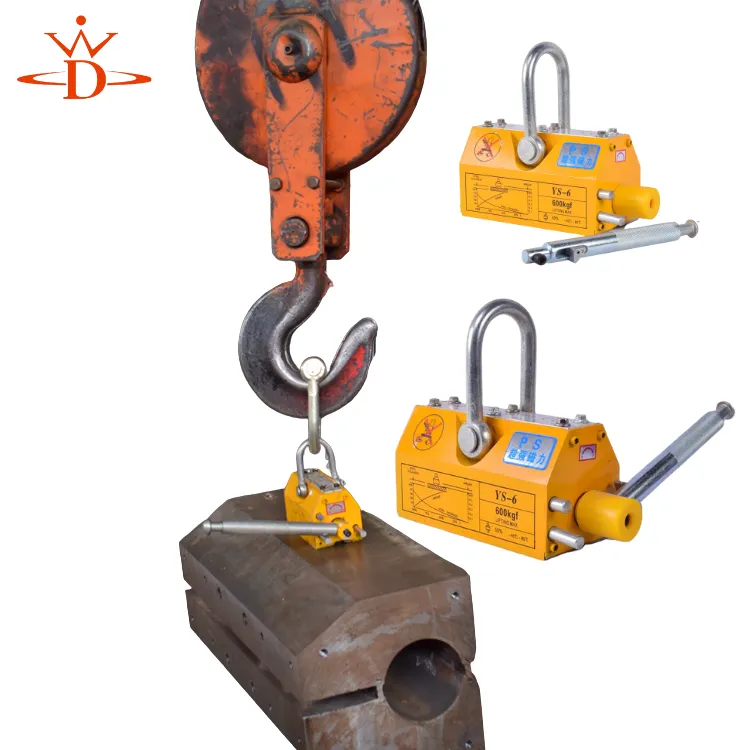Comparison of Crane Girders and Gantry Girders for Enhanced Structural Efficiency
Understanding Crane Girders and Gantry Girders A Comparative Perspective
Crane girders and gantry girders are integral components in the realm of material handling and heavy lifting machinery. They serve critical functions in various industrial applications, ranging from manufacturing plants to construction sites. This article aims to elucidate the definitions, structural differences, applications, and advantages of these two types of girders.
What Are Crane Girders?
Crane girders, also known as crane beams, are structural components that support the hoisting mechanism of a crane. Typically mounted on overhead structures, crane girders are designed to be robust and carry heavy loads. They provide the necessary framework for the trolley and hoisting devices to move loads horizontally and vertically. Crane girders come in various designs, including single girder, double girder, and cantilever configurations, depending on the specific requirements of the lifting operation.
What Are Gantry Girders?
Gantry girders, on the other hand, are used in gantry cranes, which are crane systems that consist of a platform supported by vertical legs. These cranes often move along tracks and are designed for outdoor use, such as loading and unloading containers at shipping ports or in large open warehouses. Gantry girders serve as the main horizontal support of the crane, facilitating the movement of the hoisting mechanism across the workspace.
Structural Differences
One of the primary distinctions between crane girders and gantry girders lies in their design and function. Crane girders are typically housed within an overhead structure, offering a clear working area below, which is essential for many indoor applications. In contrast, gantry girders are exposed and carry the weight of the entire gantry system, including its framework and load, making them suitable for outdoor settings.
In terms of load capacity, gantry girders are often designed to bear heavier loads over greater spans due to their sturdy construction and support systems. Conversely, crane girders can be designed for versatile load requirements but are constrained by their overhead structural limitations.
crane girder and gantry girder

Applications
The applications of crane girders and gantry girders can significantly differ based on their structural characteristics. Crane girders are predominantly found in factories, warehouses, and distribution centers where precise movement of materials is required. They are essential in environments that necessitate space efficiency, allowing for maximum use of the floor area underneath.
Gantry girders, in contrast, are mostly used in outdoor applications where mobility is essential. Commonly utilized in shipyards, manufacturing facilities, and construction projects, gantry cranes equipped with gantry girders provide flexibility and convenience in lifting and transporting heavy loads across expansive areas.
Advantages
Both crane girders and gantry girders offer unique advantages. Crane girders allow for unobstructed ground movement beneath the crane, which is advantageous in production lines and assembly areas. They are also customizable to fit different workspace needs.
Gantry girders, however, provide enhanced stability and are less likely to be affected by environmental factors, which makes them suitable for outdoor applications. Additionally, their design can allow for a greater range of motion, essential for handling large or bulky materials.
Conclusion
In summary, both crane girders and gantry girders play vital roles in the material handling sector, each catering to specific needs based on their structural design and application context. Understanding the differences between them enables industries to choose the appropriate girder system for their operations, ultimately leading to improved efficiency and productivity. Whether lifting components in a warehouse or transporting shipping containers, these girders are essential for streamlined industrial processes.
-
Permanent Magnetic LiftersNewsNov.01,2024
-
Operations with an Adjustable CraneNewsNov.01,2024
-
Machine Moving SkatesNewsNov.01,2024
-
Industrial Lifting MagnetsNewsNov.01,2024
-
Effective Machinery MovingNewsNov.01,2024
-
Adjustable Gantry CraneNewsNov.01,2024
-
Unlock the Power of Lifting with Permanent Magnetic LiftersNewsOct.11,2024
